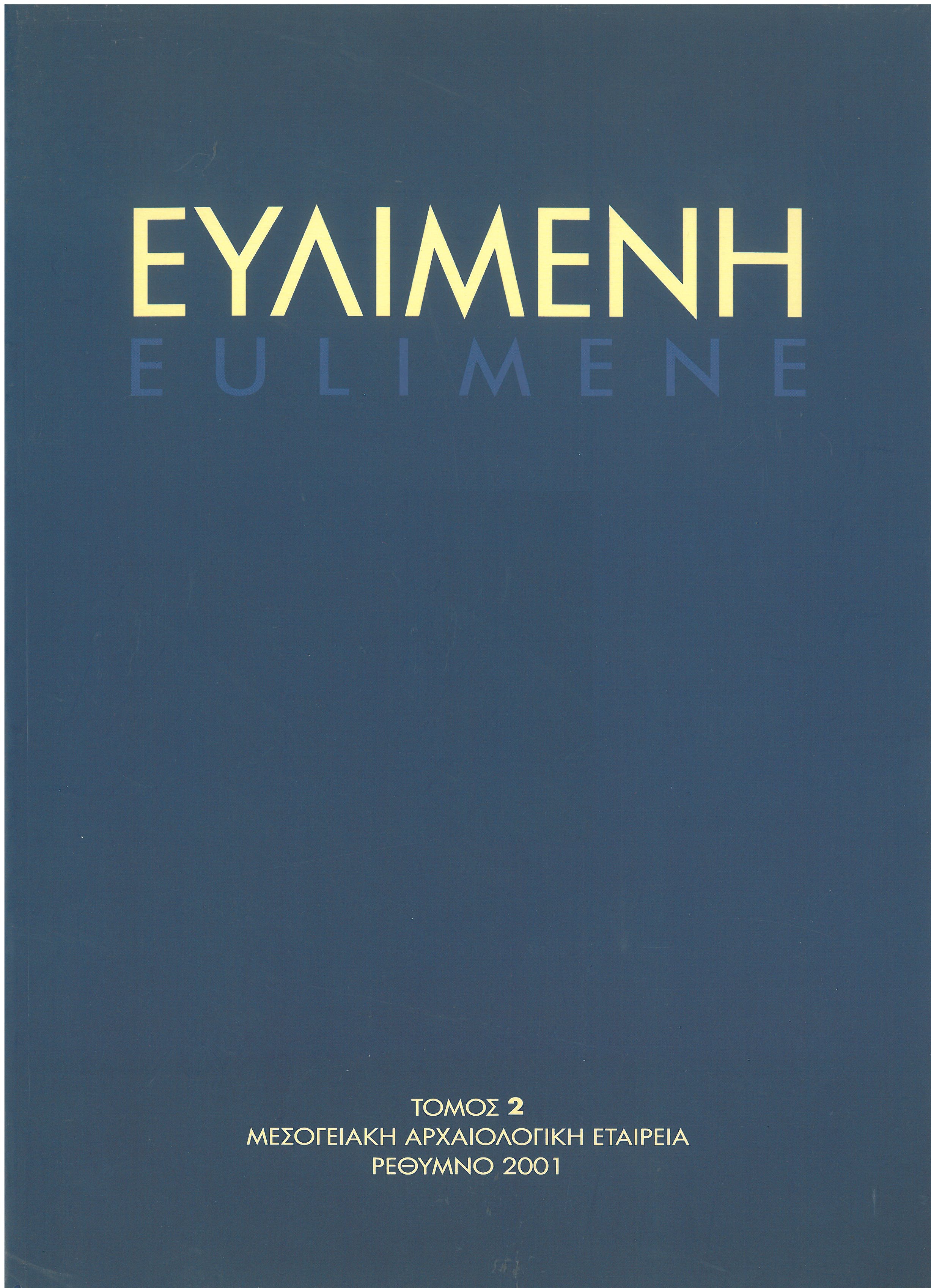Πτηνοὶ Ἔρωτες ὕπνω εὓδοντες

Abstract
Sleeping Erotes in the National Archaeological Museum, Athens. Hellenistic plastic arts introduced a whole range of sleeping or resting types and styles; among them is the type of sleeping Eros in childlike appearance, which acquired great popularity in Roman times as a decorative statue for gardens or as a funerary statue symbolizing heroisation. The relation of Hypnos (Sleep) and Thanatos (Death) has been suggested as the reason for this subject becoming so popular in litterature and art. In this article are presented two unpublished statuettes of sleeping Eros depicting two different types of Eros, products of Attic workshops. They are dated around the end of 1st and in the 2nd cent. AD.
Article Details
- Issue
- EULIMENE 2 (2001)
- Section
- Articles
- Categories
The copyright for articles in this journal is retained by the author(s), with first publication rights granted to the journal. Authors who submit articles to this journal confirm that third-party intellectual property rights are not violated in any way. By virtue of their appearance in this open access journal, articles can be used freely, with proper attribution, for educational and other non-commercial purposes. The Mediterranean Archaeological Society retains the right to publish papers that appear in EULIMENE in any form, including electronic, the journal may assume in the future. It also retains the right to deposit articles published in EULIMENE in its repository.





